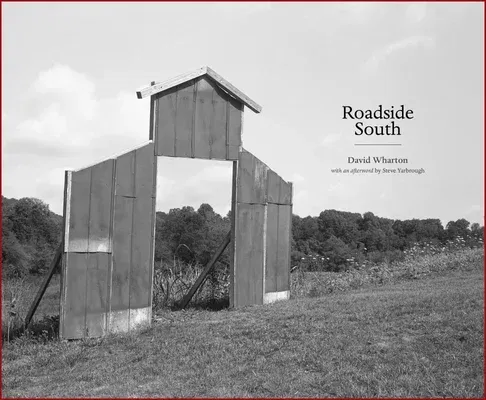Much of the American South, especially its small towns and rural areas,
is connected not by interstate highways but through a web-like network
of country roads, many of which appear only on the most detailed of
maps. These are the backroads that most Southerners drive on every day.
Unlike the interstates, whose roadsides have been largely scrubbed clean
of regional character, these smaller roads travel through unplanned,
vernacular landscapes that tell much about local life, both past and
present, and suggest that we make connections between the two.
David Wharton has been traveling throughout the American South since
1999, resulting in his first two books -- Small Town South (2012) and
The Power of Belief: Spiritual Landscapes from the Rural South (2016).
As he journeyed, he often paused to make pictures of hamlets and the
countryside he was driving through that did not fit the themes of those
earlier books. These are scenes that speak to a sense of wonderment, or
curiosity, about how those landscapes came to be and how they reflect a
complex past with a modern-day world in which the urban competes with
the rural in nearly every way.
In Roadside South, the third book in Wharton's magical Trilogy of the
American South, the photographer captures the quirky and the humorous,
the sometimes sad and sometimes ironic scenes that are commonplace along
the local, county, and state roads of the South. No artist has revealed
the on-the-ground truth of the South as Wharton has, giving rise to a
new understanding of and appreciation for a distinctive regional culture
that all too frequently, and sometimes mistakenly, is imagined as a
bastion of rural and small-town virtue.

